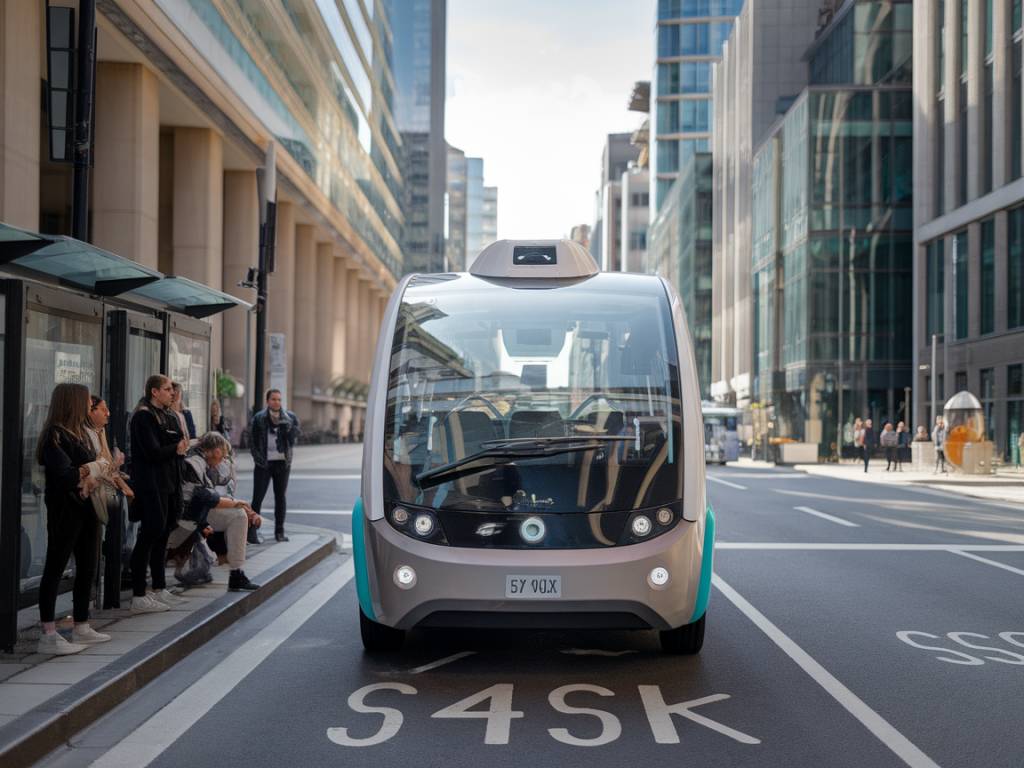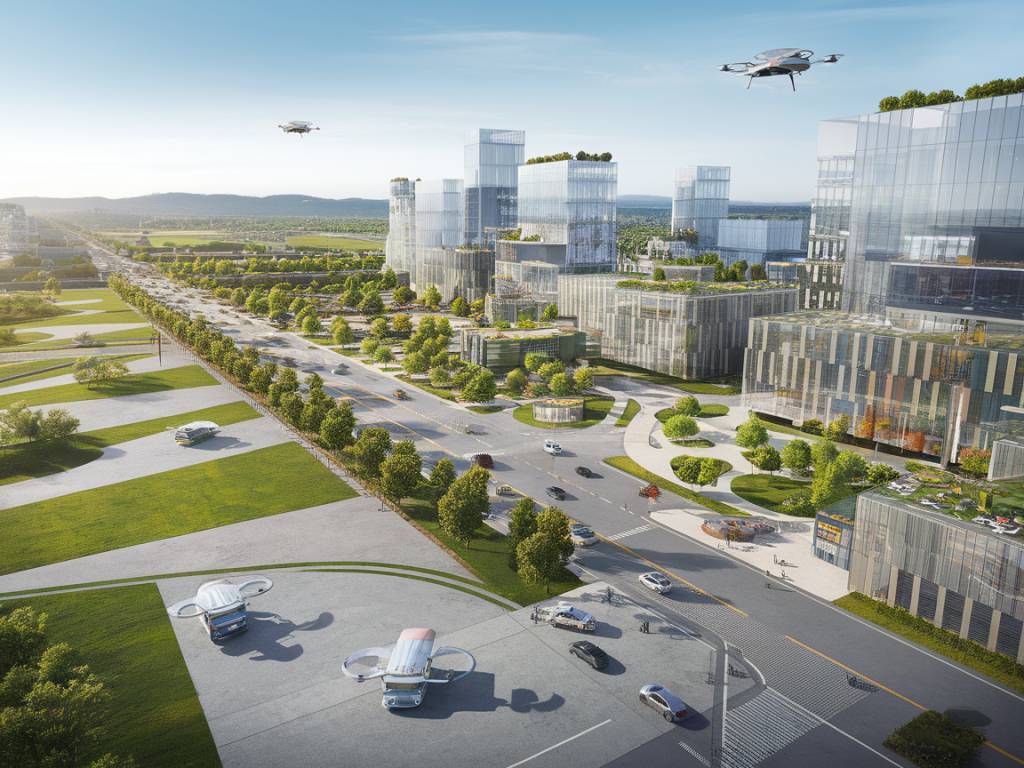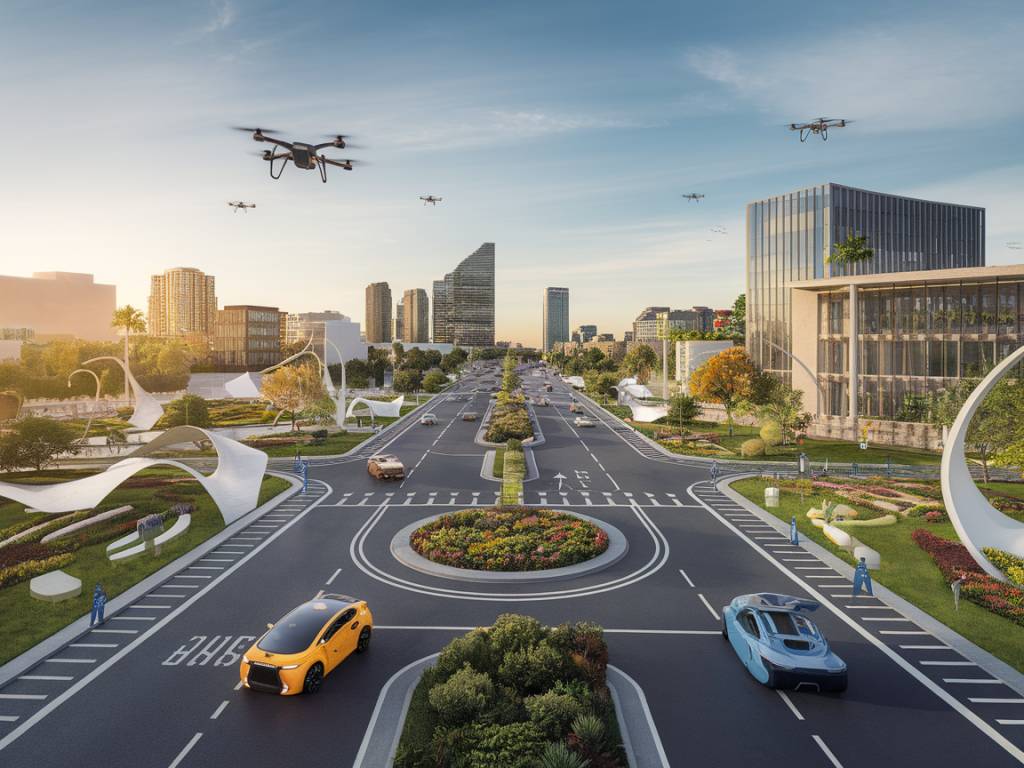Rediscovering City Transport: The Autonomous Shuttle Revolution
As we saunter through the bustling streets of modern cities, one can’t help but wonder if the world of science fiction has finally tipped into reality. Autonomous shuttle technology teeters on the edge of transforming urban transportation as we know it, merging convenience and efficiency with a sprinkle of futuristic charm. Are our cities ready to embrace these self-driving wonders, or is the technology still taking baby steps?
The Current Landscape of Autonomous Shuttles
Today, autonomous shuttles are more than just a prototype sitting in a tech giant’s lab. Cities worldwide are already testing these vehicles to understand their impact on urban landscapes. From Copenhagen to Las Vegas, pilot programs are underway, each revealing promising advancements and challenges.
In Paris, the inclusion of autonomous shuttles in La Défense highlights their ability to merge seamlessly with existing public transport systems. These shuttles offer a new layer of mobility, filling gaps in public transit and providing first-mile and last-mile solutions. But how do they really enhance our daily commutes?
Why Autonomous Shuttles Could Be a Game-Changer
Imagine a city where getting from point A to point B is not only convenient but also environmentally conscious. Autonomous shuttles promise to reduce emissions by optimizing driving patterns and making energy-efficient decisions. With more than 70% of urban carbon emissions linked to transport, their potential environmental benefit is significant.
Moreover, these shuttles can operate at any time, offering consistent service without the constraints of human driver schedules. This around-the-clock availability can redefine how we perceive mobility, stretching beyond mere convenience to become an integral part of daily life.
The Challenges Ahead
Yet, as with any burgeoning technology, autonomous shuttles are not free from hurdles. One of the primary challenges is public acceptance. A fragile balance exists between the thrill of innovation and the hesitance of a public used to conventional methods. Trust is essential. How many of us feel entirely comfortable placing our safety in the hands of a computer?
Safety regulations and urban infrastructures pose additional obstacles. Cities are complex ecosystems, filled with unpredictable elements. How do autonomous shuttles navigate these complexities? Ensuring that they can communicate seamlessly with traffic signals, pedestrians, and other vehicles is a massive undertaking but crucial for integration.
Real-World Examples and Insights
In Lyon, a fleet of autonomous shuttles tucked elegantly into the Confluence district transports passengers between business and leisure areas. This initiative has provided invaluable insights, particularly in understanding user comfort and system efficiency. It’s a testament to how these shuttles might eventually weave into the fabric of our cities.
Singapore, on the other hand, is not just testing autonomous shuttles but is incorporating them into its vision of a fully autonomous public transport network. This bold move demonstrates a strategic commitment to smart urban mobility solutions, positioning the city-state as a leader in the field.
Anticipating the Urban Future
As urban populations swell, the pressure on public transportation systems mounts. Autonomous shuttles could alleviate this pressure, offering an adaptable, sustainable alternative. But is the public sector ready for such transformative changes, and are the necessary infrastructure investments being mapped out thoughtfully?
Autonomous shuttles symbolize the dawn of a new era in urban transport. Their potential lies not only in their technology but in their capacity to redefine our day-to-day interactions with cityscapes. While the path ahead is fraught with challenges, the opportunities they present could lead to more accessible, efficient, and environmentally-friendly cities.
As we stand on the precipice of this transportation revolution, cities must carefully consider whether to take the leap into autonomy and embrace the potential of these shuttles. After all, who would have thought that the road to the future could be navigated by a vehicle without a driver, steering the way towards a brighter urban tomorrow?



